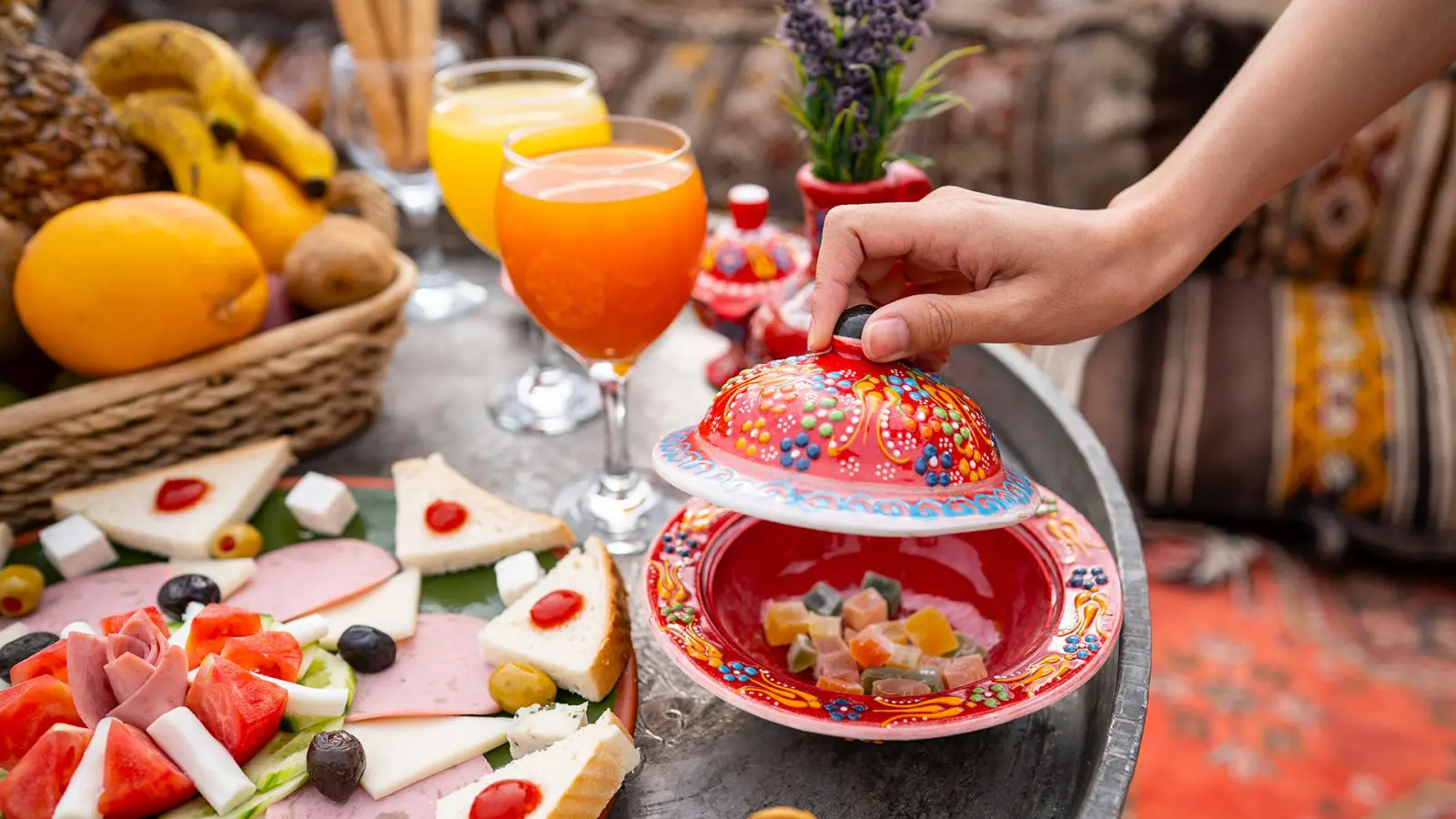
Turkish cuisine is like Turkey itself; it lies between east and west with rich influences from Europe, Asia and Arabia. Interestingly, traces of Greek, French and even Hittite cuisine that left their mark on Anatolia can also be found here. This richness makes the cuisine of this region one of the most interesting in the world. Some people come here with the idea of finally eating a proper, beautiful kebab and a delicious halva. If you haven’t discovered these flavors yet, read the overview of Turkish cuisine below, which will make your culinary choices easier.
A little history – Why is Turkish cuisine enjoyable?
The nomads, the ancestors of today’s Turks, came from the Altai Mountains in Central Asia and brought with them meat dishes consisting mainly of lamb, mutton and beef. Why? They stopped eating pork in the 10th century due to the influence of Islam. After settling in Anatolia, they included plant-based products in their diet. Today, olive oil, zucchini, tomatoes, eggplant, peppers and vine leaves - especially stuffed vegetables with meat or rice - form the basis of Turkish cuisine. The main fruits on the table are figs, apricots, pomegranates, watermelons, melons, hazelnuts, sesame and many more - as befits such a large country.
The richness of Turkish cuisine is also the legacy of the vast Ottoman Empire. At its height, it stretched from modern Tunisia to Mecca, Medina and Sana'a in distant Yemen. In short, it covered three continents. At its heart lay the Topkapi Palace, the seat of the sultans, where the best chefs, exotic ingredients and dishes were brought from Istanbul and the far corners of the empire. And many of the traditions of that time have survived in Turkey to this day.
How do Turks eat their meals?
One of the traditions is for Turks to eat their meals sitting on cushions or carpets at small tables. The food is brought on large, often richly decorated trays. Although in the past the Turks did not use cutlery and ate everything with the three fingers of the right hand (the left hand was considered literally dirty because it was used for hygiene after using the toilet), today they only eat bread on the road. But just like centuries ago, they still sit at a table with several or even a dozen dishes on it, but they only eat small amounts of each.
Breakfast – What is on the Turkish table?
Breakfast (kahvalti) is always plentiful in Turkey, at least in terms of the number of dishes. It traditionally consists of white cheese, olives, cucumbers, tomatoes, peppers, eggs and a freshly baked round bread or simit called simita, often sprinkled with sesame or poppy seeds (called ekmek).



